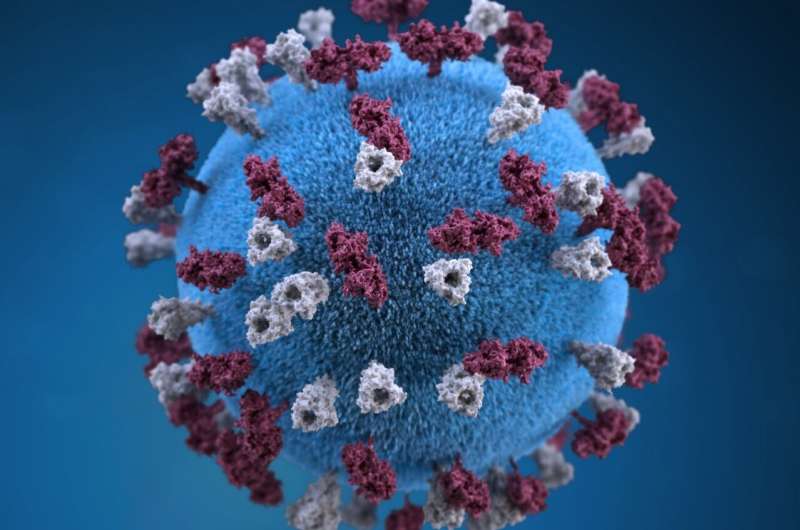Clean Air as a Protective Factor Against Childhood Hypertension and Diabetes Markers

New studies show that improving air quality can significantly reduce the risk of high blood pressure and diabetes markers in children, highlighting the importance of environmental health policies.
Recent research conducted by the Leibniz Institute for Prevention Research and Epidemiology in Bremen highlights the significant impact of air quality on children's health, particularly concerning blood pressure levels and markers associated with diabetes risk. Utilizing advanced causal inference techniques and data from the extensive IDEFICS/I.Family European cohort—comprising over 16,000 children aged 2 to 10 across eight countries—scientists have demonstrated that improved air quality can lead to meaningful health benefits.
The studies, published in Environmental Research and the European Journal of Preventive Cardiology, reveal that reductions in pollutants like black carbon and PM2.5 are associated with better insulin sensitivity, enhanced glucose metabolism, and lower incidences of pre-hypertension and hypertension among children and adolescents. This evidence supports a causal link between air pollution and metabolic as well as cardiovascular health risks.
Given that numerous European regions exceed the air quality guidelines set by the World Health Organization (WHO), these findings underscore the urgency for stricter pollution control measures. Achieving the recommended pollutant levels could substantially decrease the prevalence of hypertension and elevated diabetes markers in the young population.
The innovative approach of the researchers involved emulating a hypothetical randomized trial within observational data, allowing them to estimate the potential health benefits of cleaner air without exposing children to actual risks. This method, termed 'target trial emulation,' underpins the conclusion that cleaner air markedly contributes to long-term prevention of chronic diseases.
Dr. Nagrani emphasized that controlling environmental pollutants not only protects metabolic and cardiovascular health but also highlights the importance of policy measures to ensure safer air quality. The findings further advocate for establishing limits on black carbon, especially since current WHO guidelines do not specify standards for this pollutant due to limited data.
Overall, these compelling results bolster the case for stringent air quality policies and promote the adoption of healthier environments—key steps toward safeguarding children's health and preventing future chronic illnesses.
Stay Updated with Mia's Feed
Get the latest health & wellness insights delivered straight to your inbox.
Related Articles
Emerging Potential of CAR-T Therapy as a Cure for Lupus: Insights from Early Trials
Early clinical trials of CAR-T therapy show promising results in treating severe lupus cases, offering hope for a potential cure for this complex autoimmune disease.
Study Finds Spironolactone Does Not Lower Cardiovascular Risk in Dialysis Patients
A large international trial shows that spironolactone does not significantly reduce cardiovascular events in patients on dialysis, informing future treatment approaches.
Denver Resident Becomes Seventh Measles Case Linked to DIA Outbreak Following International Flight
A recent measles case in Denver is linked to an international flight, marking the seventh case in Colorado related to a DIA outbreak, highlighting ongoing transmission risks and the importance of vaccination.
Dozens Fall Ill After Consuming THC-Infused Food at Wisconsin Pizza Restaurant
A Wisconsin pizzeria inadvertently served THC-infused food, causing dozens of people to experience intoxication symptoms. The incident highlights the risks of accidental cannabis contamination in shared food production spaces.



